In the growing Paleo resource world, we can find dozens of cookbooks, brainy science texts and anthologies of success stories. What we’ve been lacking is: A definitive guide to navigating one of the biggest hurdles for Paleo newbies and veterans alike: the grocery store.
With Rich Food Poor Food, Jayson and Mira Calton have compiled a “Grocery Purchasing System” (‘GPS’) – an easy to use manual for filling your shopping carts with quality foods while avoiding hidden pitfalls.
Within the grocery store, you’ve got ‘rich’ food and ‘poor’ food all under one roof. Now, ‘rich’ food isn’t snooty escargot covered oysters, but rich in quality and conversely, the ‘poor’ food is just that–poor ingredients with little nutritional value. People often associate eating healthy with breaking the bank, when in fact you’re harming more than just your wallet. Just remember: pay now live later. Don’t want to think of the opposite, right?
Just like how I make a list before heading to the store, Jayson and Mira start the guide with a brief yet highly detailed layout of everything from dangerous ingredients to decoding nutrition labels and diet misconceptions. Advertising and labeling is a key part of the grocery industry. Buzzwords on packaging like “organic”, “gluten free” and “natural” are the synonymous with the salacious “man gives birth” National Enquirer headlines – they are there to get your attention. Did you know that if “natural flavors” is listed on the ingredient list, it’s almost 100% certain that those “flavors” contain MSG? Yeah, that’s not natural in the least. Learning to decipher these ‘code words’ is not only helpful but also essential to successfully buying the best product available.
The book is laid out with “aisles” as chapters, allowing for easy access to any section of the store – be it dairy or snack foods. Within each “aisle” you’ll find easy to understand in-depth explanations of products as well as visual guides to show which to pick and which to avoid. For example, decoding those produce labels – if the first number on the PLU code (“price lookup code”) is an ‘8’ it’s a GMO! Just like addressing the buzzwords, they lay out those pesky labels on packages to show you EXACTLY what they mean. Again, learning as much as possible about your food may seem daunting, but it’s critical to you long term health. If you’re feeling absolutely lost with all the rules and information, take this book TO the store. You’ll be able to navigate the aisles and this book with ease.
Sprinkled within each chapter are recipes for homemade replacements to store-bought favorites. It’s easy to rely on premade products, but cooking at home is not only cheaper but a great way to learn about your food. Just the right amount of science is included, too. Perhaps the greatest additions to the book are the fantastic appendixes. Your guides to non-GMO products, packaging claims and additives are compiled into straightforward lists so that you can ensure you’re getting the best food possible.
Jayson and Mira Calton have managed to include a lot of information in an easy-to-understand grocery store guide for everyone. After years of being taught “proper” nutrition by that food pyramid, it’s daunting to re-learn exactly what’s good and what’s not. With Rich Food Poor Food, we’re moving forward on the journey to reclaiming our food.
The Caltons are among the world’s leading experts on the topics of weight management, lifestyle medicine and micronutrient deficiency. They continue to improve upon their legacy with this book. Make sure you check out their Website and don’t forget to order your copy of the book HERE.



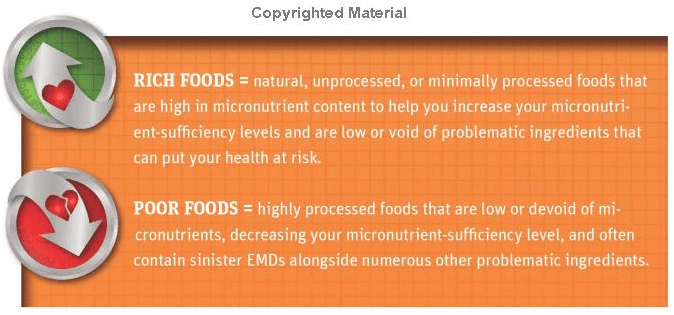

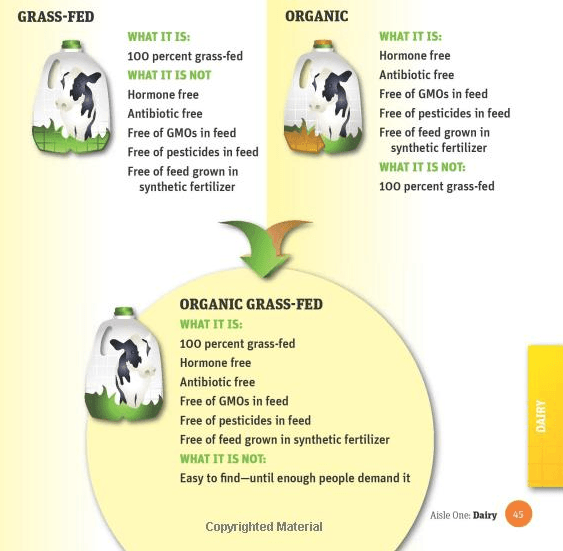


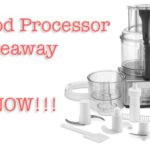
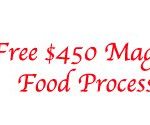
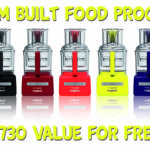


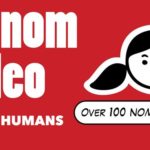
 Hickory Smoked Pulled Pork
Hickory Smoked Pulled Pork
:) nice book. similar to kiyosaki book. rich dad poor dad. and the book inspired me, perhaps someday i will write my own book. thank you
Just got my copy today and can’t wait to dig in after dinner tonight. Your smoked brisket with citrus marinade and Paleo OMG’s rosemary sweet potato fries and some roasted veggies. Then I am off for the night to READ! Thanks for a great review!
That sounds delicious